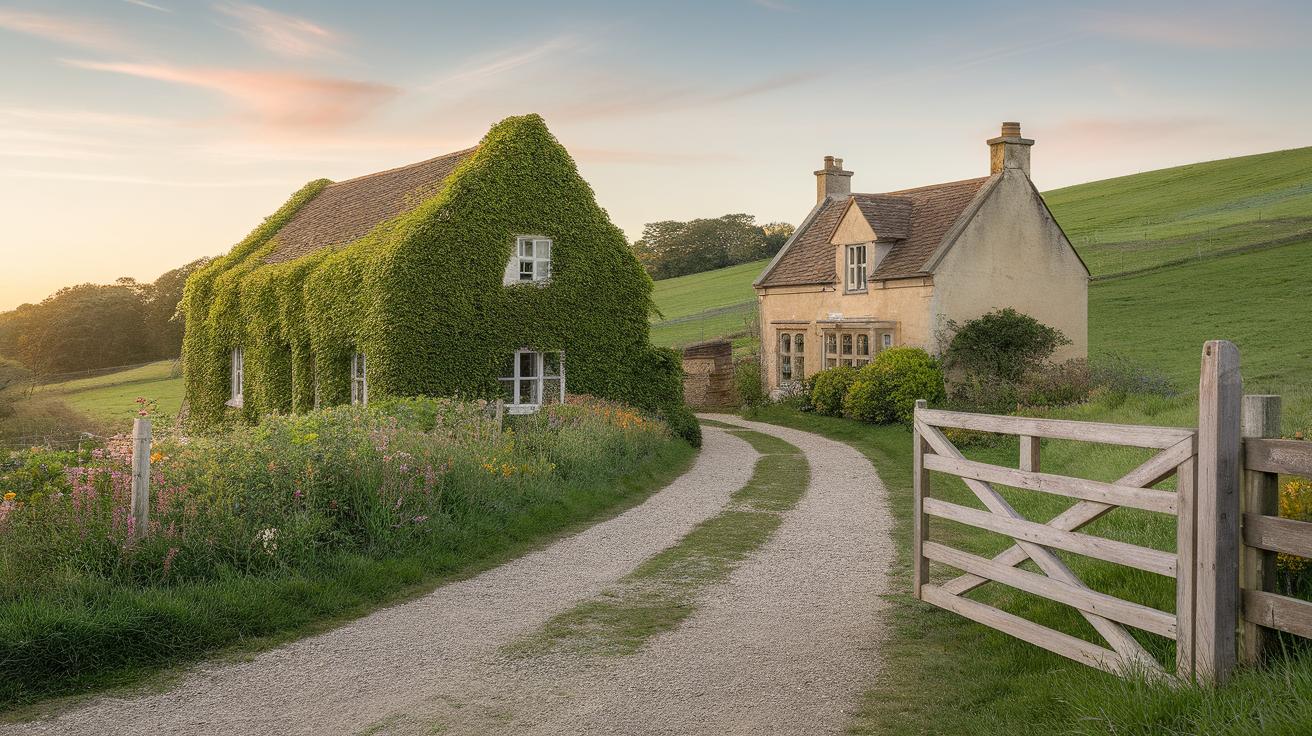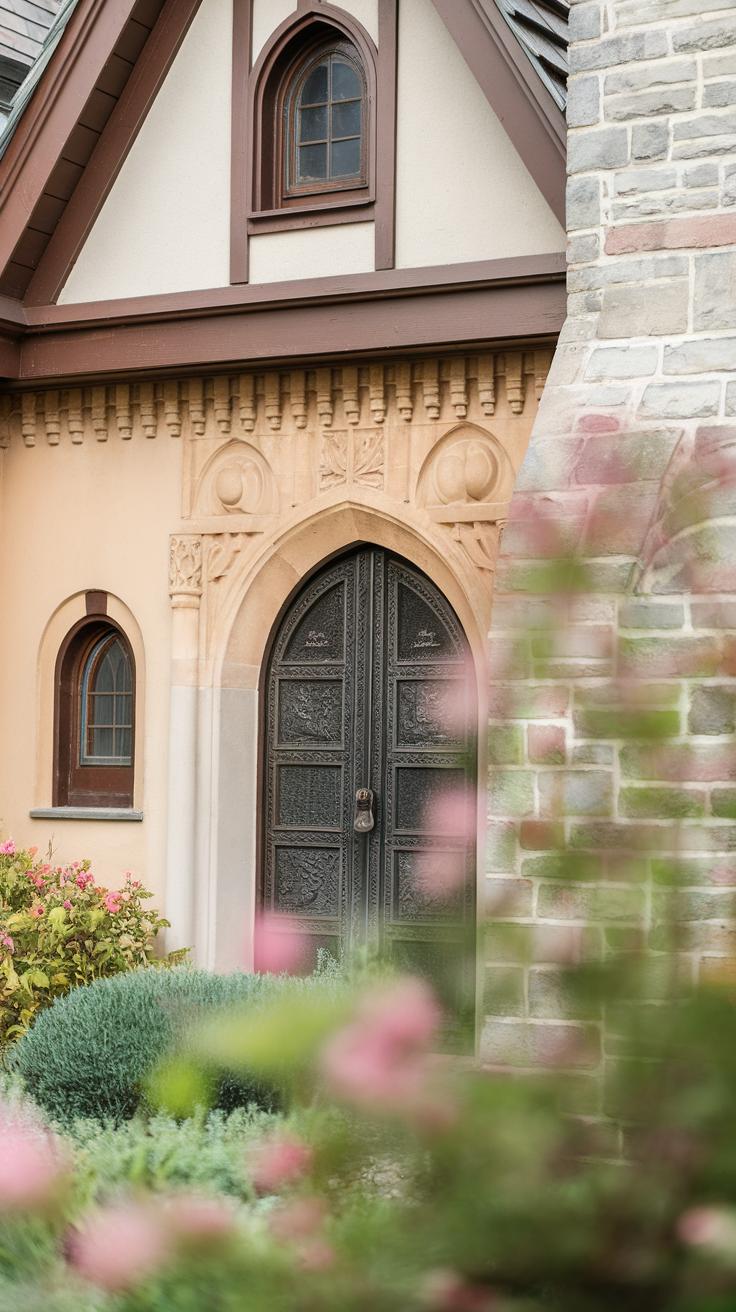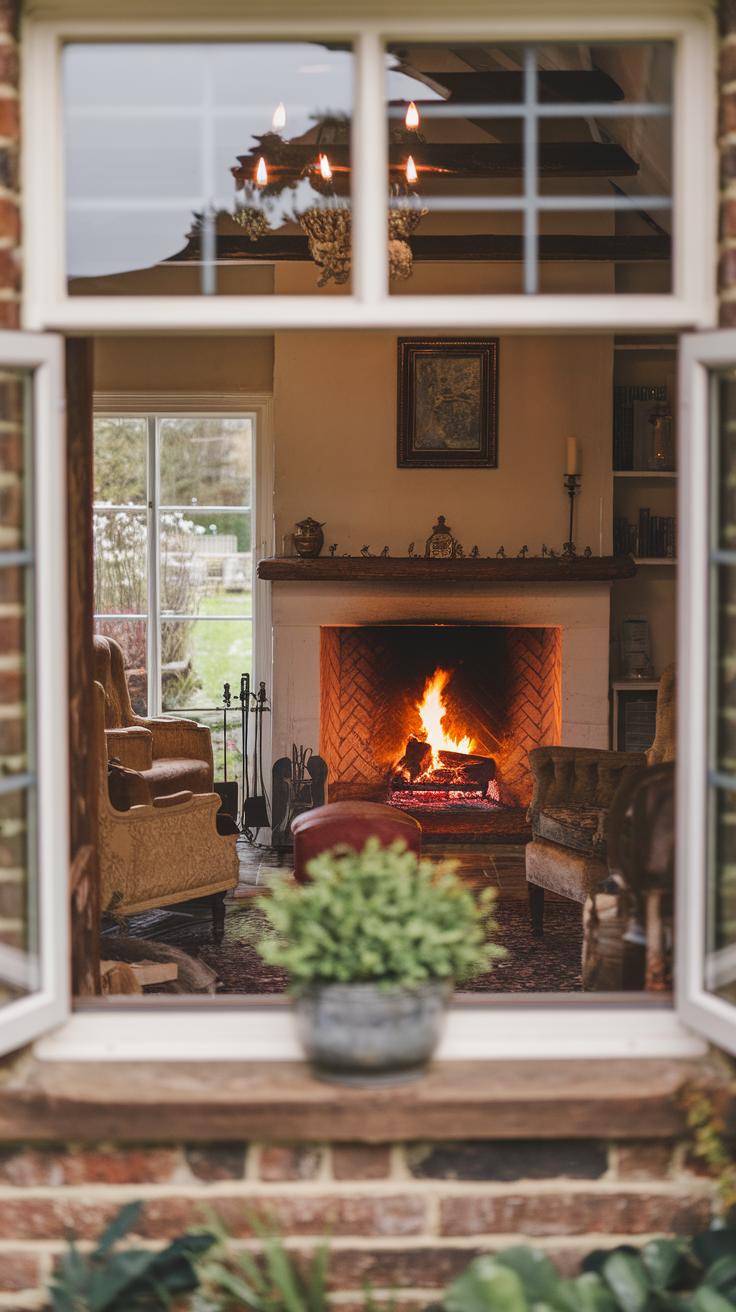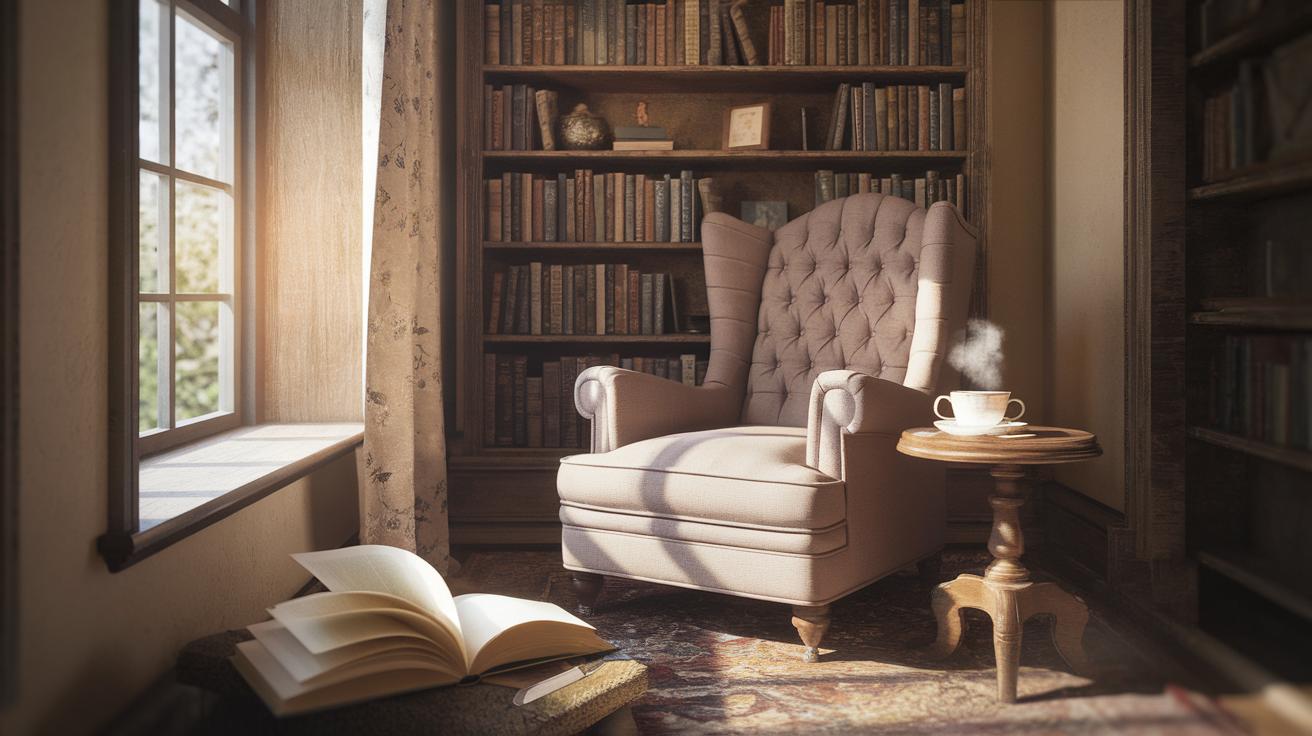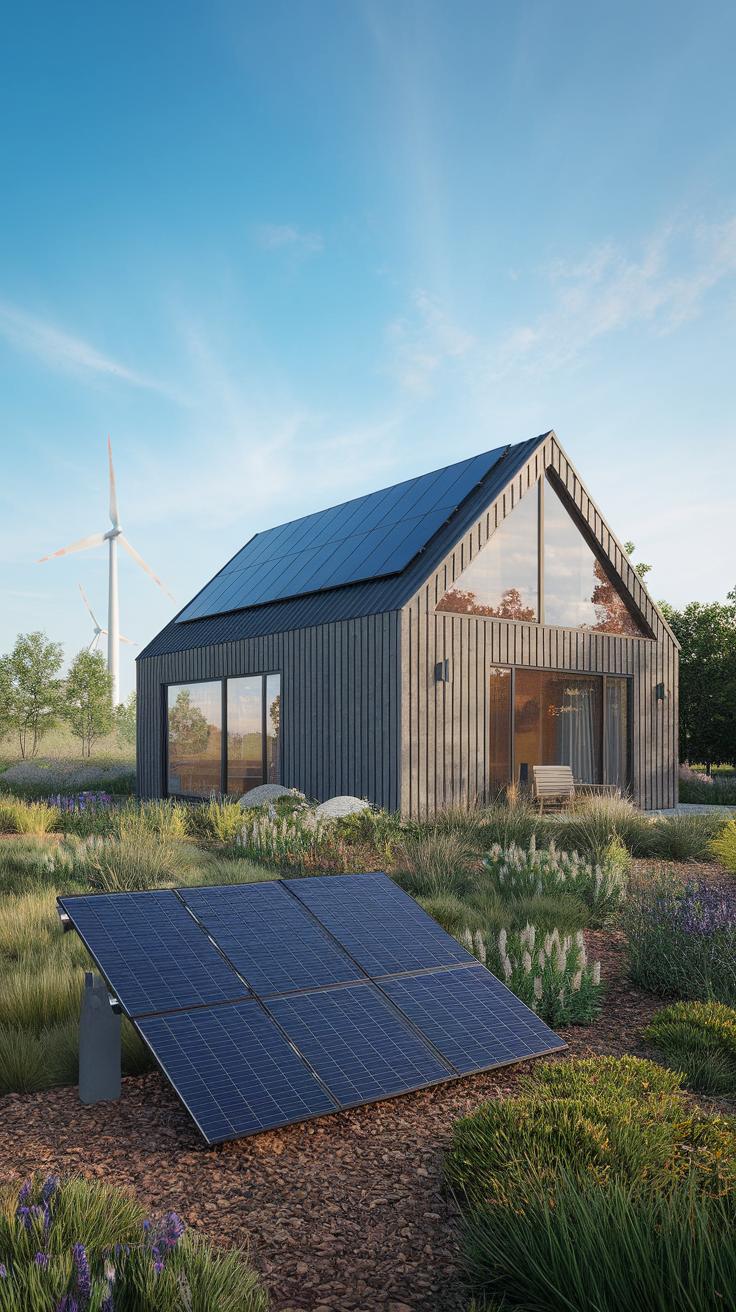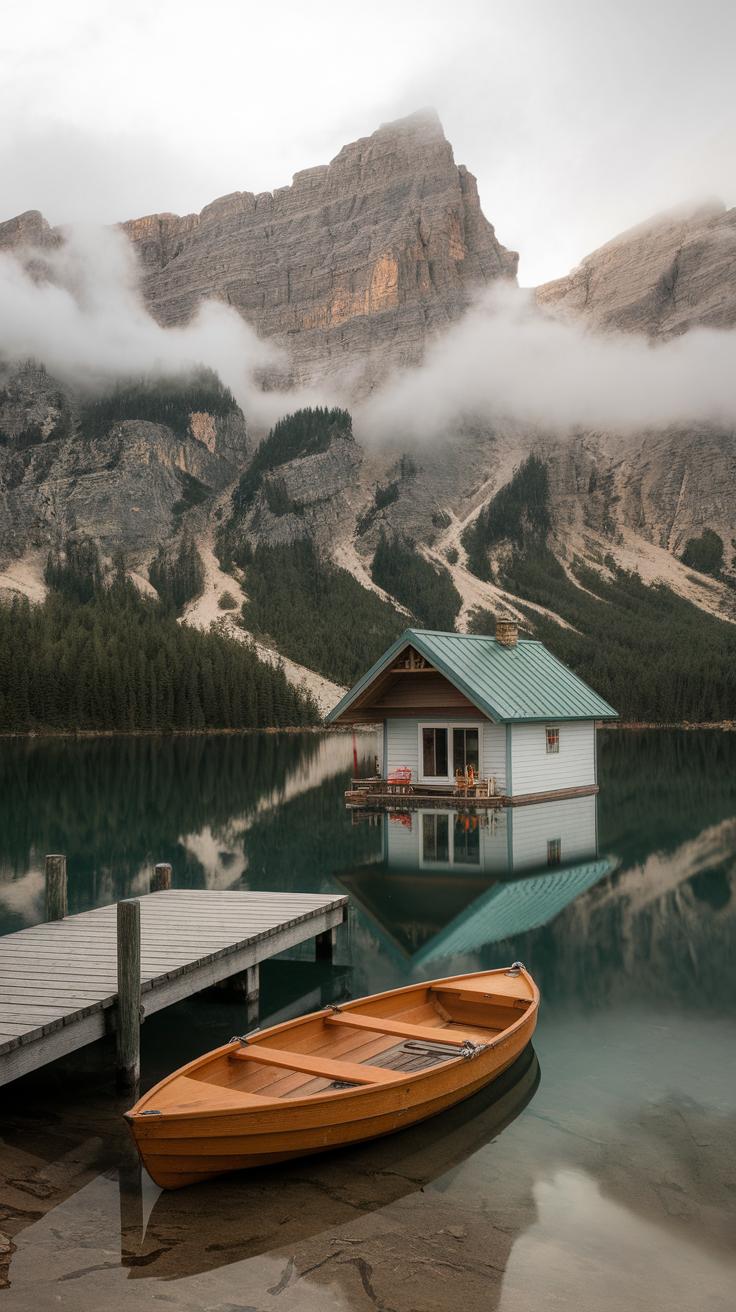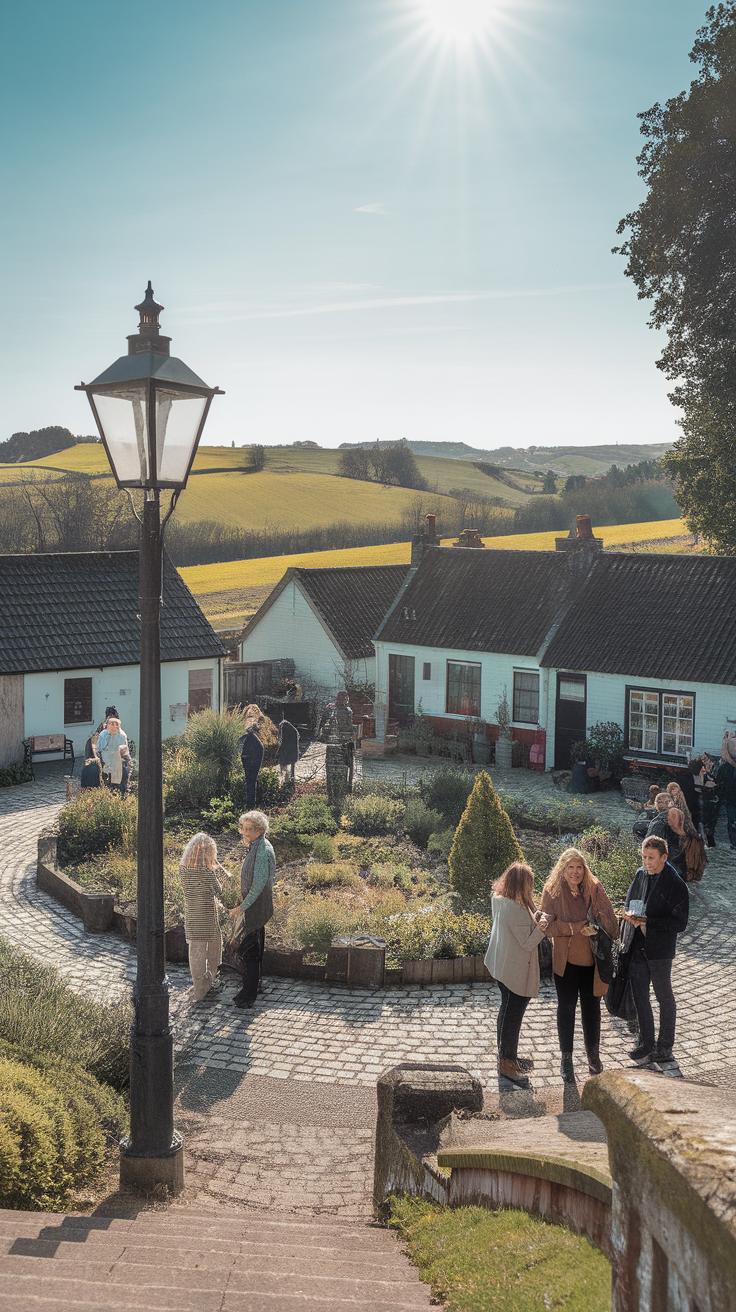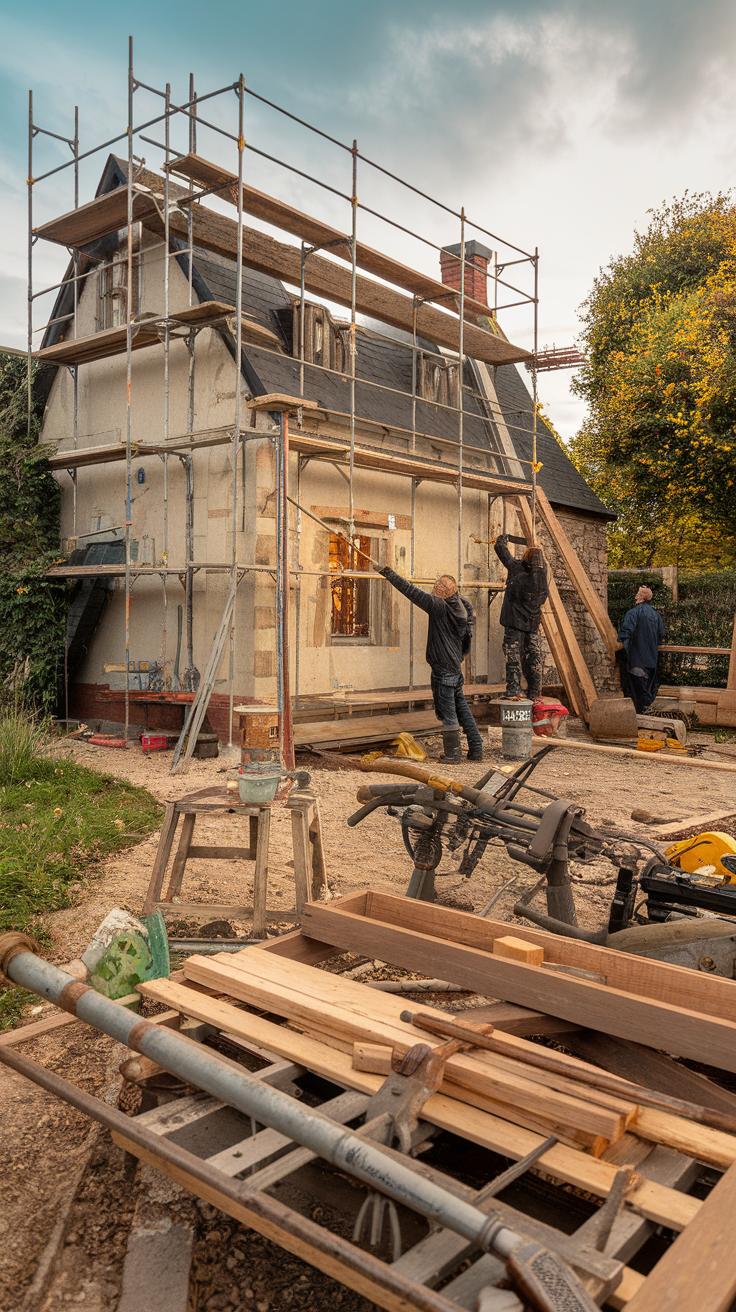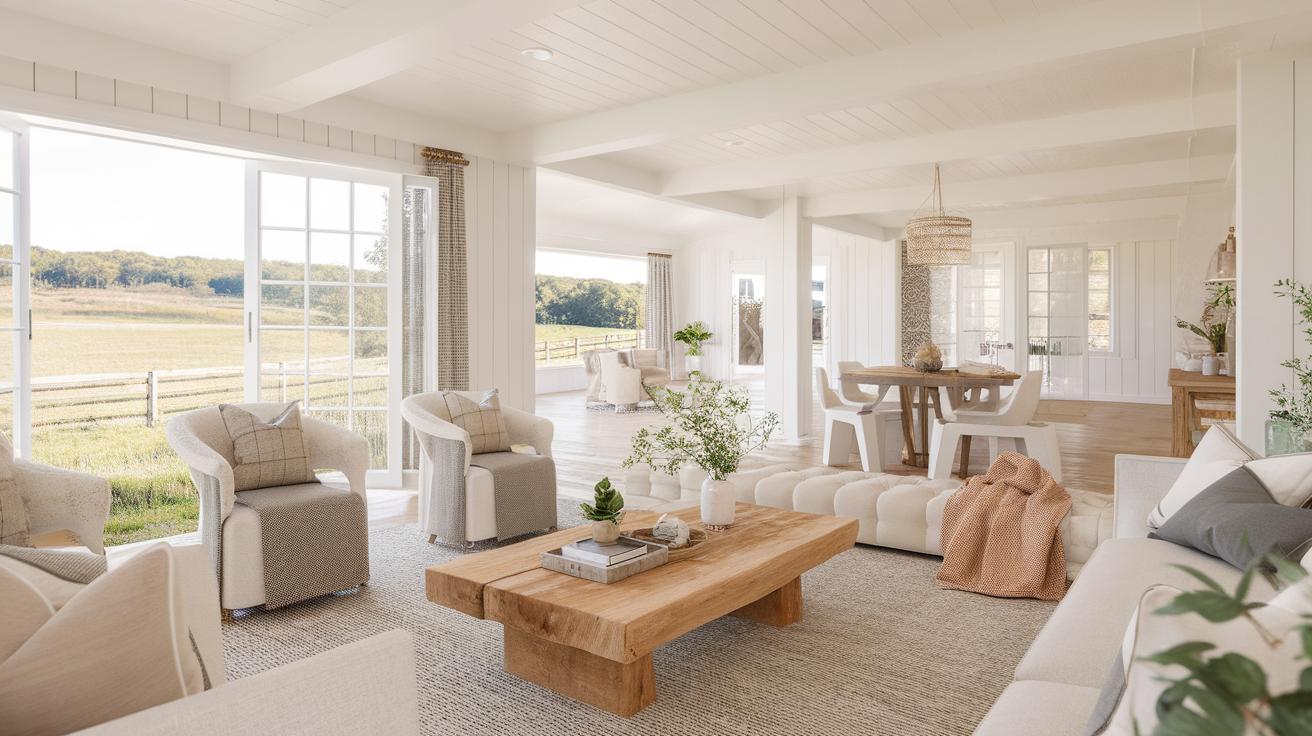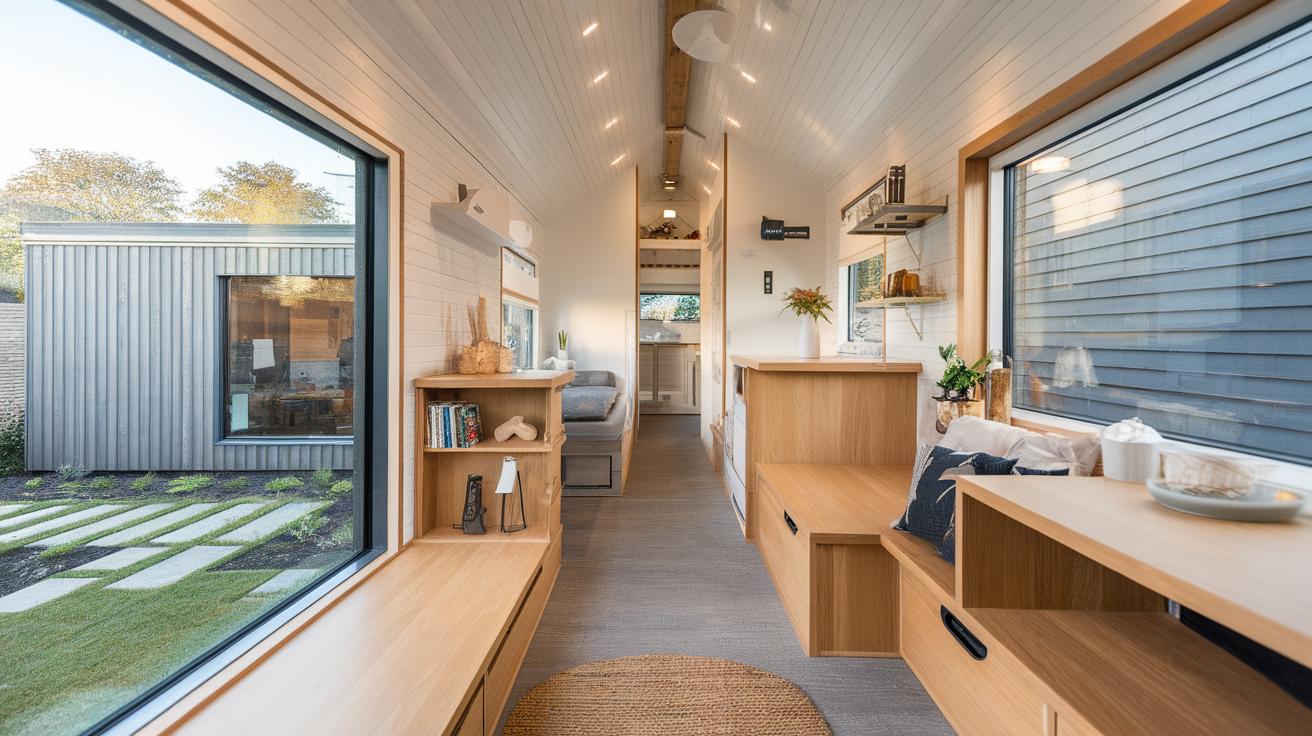Introduction
Small cottage homes offer a unique charm that attracts many people seeking cozy living spaces. Whether nestled in lush landscapes or coastal settings, these homes create a welcoming atmosphere. Traditionally seen as modest dwellings, small cottages have transformed into popular residential options. Their designs often reflect a rich history while promoting simplicity and comfort, making them appealing to a wide range of homeowners.
This article dives into the enchanting world of small cottage homes. It addresses their architectural features, historical context, and modern adaptations. From understanding traditional cottage styles to exploring how they serve as excellent vacation retreats, readers will gain a comprehensive insight into why small cottage homes continue to capture hearts everywhere. Join us as we embark on this journey through the cozy allure of cottages.
The Origins of Cottage Architecture
Cottage architecture traces its roots back to medieval Europe. Originally, these homes served as the dwellings of peasants and the working class. The simplicity of design reflected the needs of their occupants. Early cottages often featured thatched roofs made from local grass or reeds. Stone and timber served as common materials, showing the deep connection to the surrounding environment.
Over time, cottage homes evolved. In the 17th and 18th centuries, wealthy landowners began to adopt the cottage style as a way to connect with nature. This shift brought various decorative elements, such as intricate woodwork and charming gardens. The cozy and warm aesthetic of cottages became widely popular, turning them into symbols of comfort. Today, people still appreciate the charm of these small homes, blending modern conveniences with historical influences.
Architectural Features of Small Cottages Examine the Common Architectural Elements Found in Small Cottage Homes
Common Design Elements
Small cottage homes often showcase charming architectural features that define their cozy appeal. These structures typically boast steeply pitched roofs, which not only look pleasing but also help manage rain and snow. Roof styles include gabled and hipped designs, creating that inviting feel. Many cottages feature welcoming verandas, where residents can enjoy fresh air and outdoor views. These porches often serve as a perfect spot for relaxation and socialization.
Inside, small cottages maximize space with open floor plans. This design promotes a sense of togetherness and warmth. These layouts usually combine the kitchen, dining, and living areas, making it easier for family members to bond. Many cottages include clever storage solutions, such as built-in shelves and multi-functional furniture, ensuring that even small spaces feel comfortable and organized.
The Cozy Appeal of Cottage Living
Emotional and Psychological Benefits of Small Cottage Homes
Choosing to live in a small cottage brings about strong feelings of comfort and simplicity. People often find that smaller spaces create a warm atmosphere, fostering a sense of belonging. This cozy environment often encourages stronger connections among family members and friends. When space feels intimate, daily interactions become more meaningful.
Living simply influences mental clarity. With fewer distractions, individuals can focus on what truly matters. The small size of a cottage promotes careful consumption, leading to less clutter and more peace. Many also appreciate the opportunity to enjoy nature with windows that invite outside views, reminding them to appreciate life’s small pleasures. This connection to the environment enhances overall well-being, allowing for a more relaxed and fulfilling lifestyle.
Sustainable Living in Small Cottages
Eco-Friendly Building Practices
Small cottage homes offer a wonderful opportunity for sustainable living. Home builders often choose materials that are renewable and locally sourced. This approach reduces the carbon footprint associated with transporting building supplies over long distances. Many use recycled materials, promoting a circular economy. Using natural insulation like sheep’s wool or cellulose helps keep energy costs low while also being gentle on the environment.
Energy-Efficient Features
Small cottages typically feature energy-efficient appliances and systems. Solar panels on rooftops harness renewable energy, decreasing reliance on fossil fuels. Many cottages have smart thermostats that adjust heating and cooling automatically, saving energy. The compact design of these homes also means less space to heat or cool, which leads to significant energy savings. Choosing large windows not only brings in natural light but also helps reduce the need for artificial lighting. Overall, small cottage homes embody a lifestyle that respects and protects the environment.
Cottage Gardens and Outdoor Spaces Enhancing the Allure of Small Cottage Homes
The Importance of Cottage Gardens
Cottage gardens breathe life into small cottage homes. These gardens often blend colorful flowers, lush greenery, and fragrant herbs, creating a warm and inviting atmosphere. Homeowners enjoy planting various flowers such as daisies, roses, and lavender, which bring beauty and charm. A well-kept garden gives plenty of space for relaxation, encouraging people to spend more time outdoors, surrounded by nature’s beauty.
Outdoor Areas as Extensions of Living Space
Outdoor spaces enhance the comfort of small cottages. A patio or deck provides a perfect spot for gatherings and meals. These areas offer a chance to enjoy fresh air while sipping coffee or reading a book. Small cottages can feature cozy fire pits and comfortable seating, making evenings outdoors enjoyable, even during cool nights. By transforming outdoor spaces into inviting areas, homeowners create places that reflect their personal style and love for the outdoors.
Small Cottages as Vacation Homes The Appeal of Holiday Retreats
Many people now choose small cottages as vacation homes to escape the hustle and bustle of daily life. These cozy spaces offer warmth and charm, making them perfect for relaxing getaways. Unlike large homes, small cottages provide a sense of intimacy where families and friends can create lasting memories. They often feature rustic designs, inviting fireplaces, and comfortable nooks that encourage bonding and relaxation.
Staying in a small cottage allows guests to reconnect with nature. Many locations boast stunning views, nearby hiking trails, and serene lakes. Visitors appreciate this peaceful environment, which helps to recharge their spirits. Small cottages also encourage simple living, allowing residents to enjoy moments like cooking together or cozying up with a good book.
This trend continues to grow as more people seek unique and affordable holiday retreats that provide a break from their everyday routines. A small cottage by the lake or in the woods can feel like a home away from home, where relaxation becomes the primary focus.
Cottage Communities and Social Aspects The Sense of Belonging
Building Connections in Cottage Living
Living in cottage communities creates close-knit relationships among residents. Neighbors share their lives, often gathering for community events like potlucks or seasonal celebrations. These activities foster friendships and a strong sense of belonging. Residents often lend a hand to one another, whether through yard work or caring for pets. Such support builds a reliable network of trust, allowing everyone to feel safer and more secure.
The Value of Shared Experiences
Cottage communities encourage a simple lifestyle, focused on appreciation for nature and outdoor fun. Many residents engage in local activities, such as gardening or hiking, which strengthens bonds through shared interests. Living in a small home teaches neighbors to value collaboration, as they share resources and ideas. This sense of cooperation enhances the community spirit, making cottage living an enriching experience. Each day becomes an opportunity to connect, making home feel like a warm and welcoming place.
Challenges of Cottage Living Addressing Limitations in Small Cottage Homes
Living in a small cottage home brings many joys, but it also poses challenges. Limited space often means limited storage. Residents must find creative ways to organize their belongings. Some may struggle to downsize and let go of items, leading to clutter.
Another challenge involves the design of small cottages. Many layouts do not accommodate larger families or gatherings. Whether it’s hosting friends for dinner or providing room for children to play, space can feel tight. This can create feelings of confinement for some individuals.
The lack of outdoor space adds further complexity. Small cottages often sit on smaller lots, limiting gardening or recreational areas. These factors can impact a resident’s overall comfort and satisfaction, making it essential to find balance and harmony in a cozy living environment.
Renovating Traditional Cottages Updating with Care for Authenticity
Preserving Historical Character
Renovating traditional cottages requires a thoughtful approach to maintain their historical charm. Homeowners often start by assessing the original architecture. They focus on keeping elements like exposed beams, stonework, and vintage windows that tell a story. Using materials that match or complement the original features helps unify the overall design.
Modern Updates with Timeless Appeal
While preserving historical aspects, owners can introduce modern conveniences. Upgrading heating, plumbing, and insulation boosts comfort without altering the cottage’s look. Choosing locally sourced materials gives renovations a unique touch while supporting community resources. Designing open, airy spaces can enhance functionality, making the cottage cozy and inviting.
Through these careful updates, small cottage homes can blend old-world charm with new-age comfort, ensuring they remain enchanting for generations to come.
The Future of Small Cottage Homes Trends in Cozy Living
Design Innovations for Small Cottages
Small cottage homes will undergo exciting changes as designers focus on sustainability and functionality. Builders increasingly use eco-friendly materials and energy-efficient designs, appealing to buyers conscious of their environmental impact. Clever use of space will dominate future designs. Features like foldaway furniture and multi-purpose rooms will maximize every square inch. These innovations will make small cottages not just cozy but also practical for modern lifestyles.
Balancing Urban and Rural Living
As urban areas become more crowded, small cottages will play a vital role in providing affordable housing options. People will seek these homes as retreats from city life. In rural areas, cottages can encourage community living while preserving the charm of nature. Urban buyers may find tiny houses in suburban settings ideal for blending countryside appeal with city convenience. The future looks bright for small cottage homes, blending comfort with practicality in diverse environments.
Conclusions
Small cottage homes resonate with many people due to their inviting designs and practical benefits. These spaces often reflect a blend of comfort and functionality, making them ideal for various lifestyles. Whether serving as primary homes or quaint retreats, cottages provide a sense of peace and simplicity amid the clutter of modern life.
Embracing the charm of small cottage homes can lead to a rewarding living experience. As communities explore sustainable and cozy living solutions, these homes shine brightly as perfect examples. Thus, anyone considering a home filled with warmth and character should look no further than the captivating world of small cottages.


